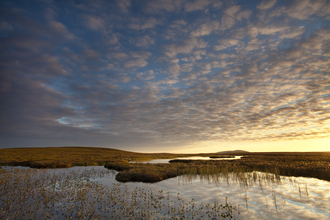Coed Crafnant nature reserve gives a rare glimpse into Britain's forested past. This 6,000-year-old ancient woodland provides the perfect conditions for a myriad of mosses, lichens, and ferns to flourish. Species have been recorded at the reserve, which was once thought to be nationally extinct!
It is easy to see why this unique place was the perfect location to meet Lee Waters, Deputy Minister for Climate Change to talk all about our plans for a National Forest in Wales.






